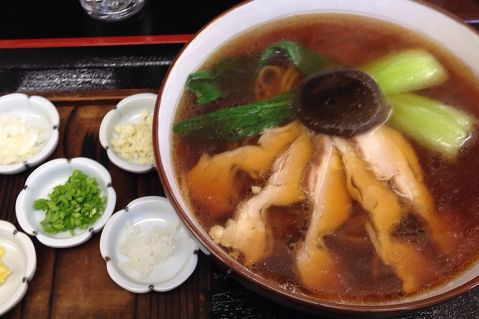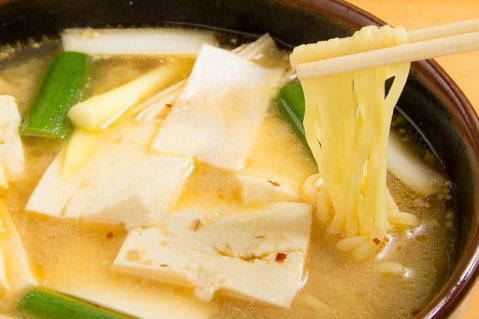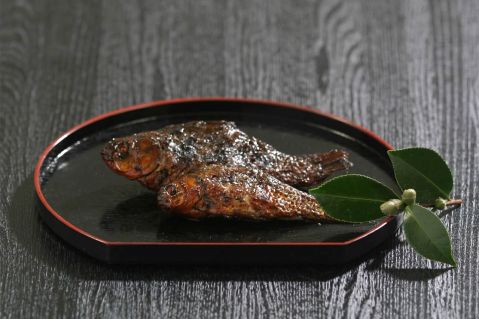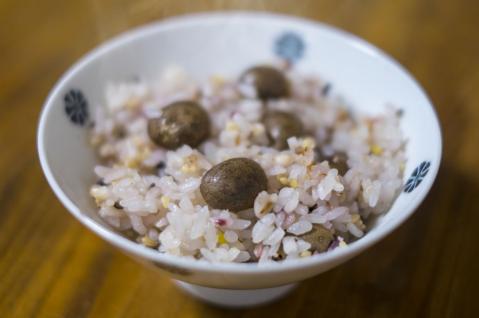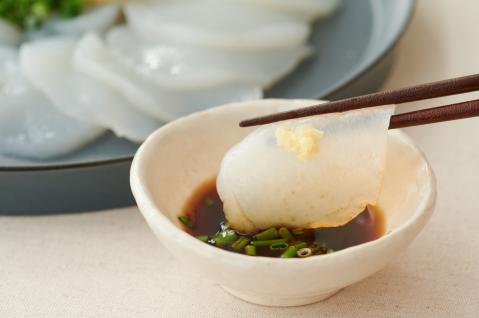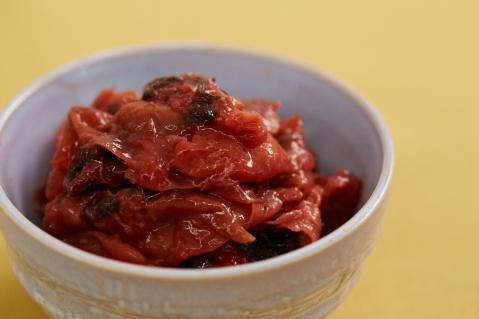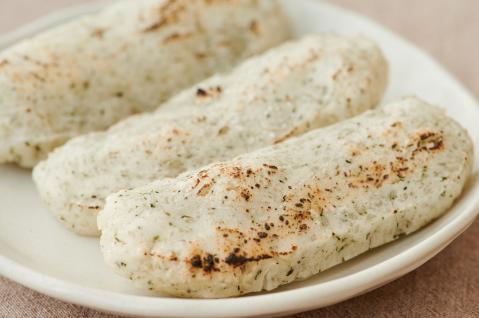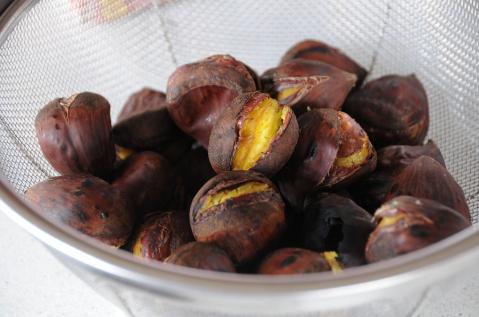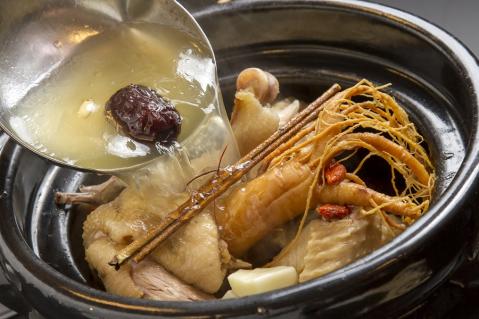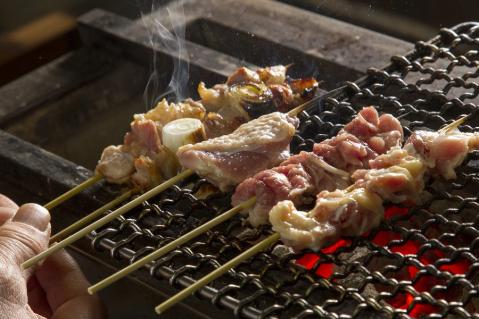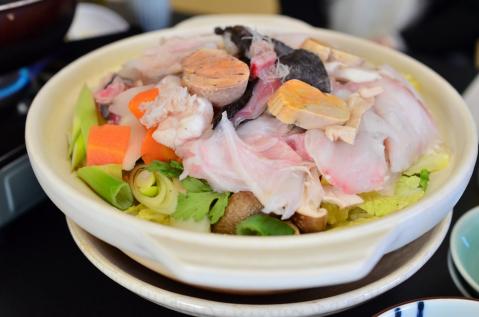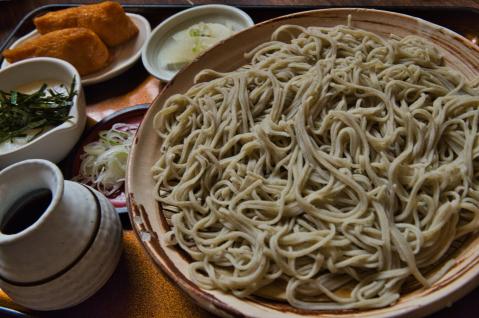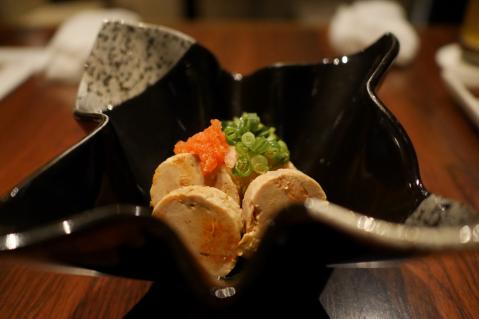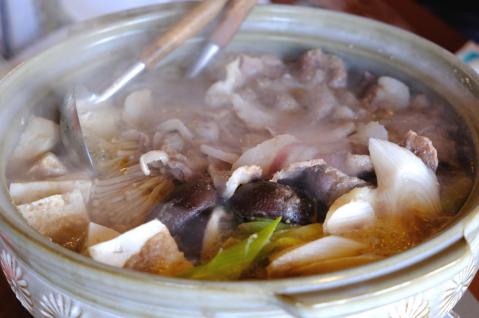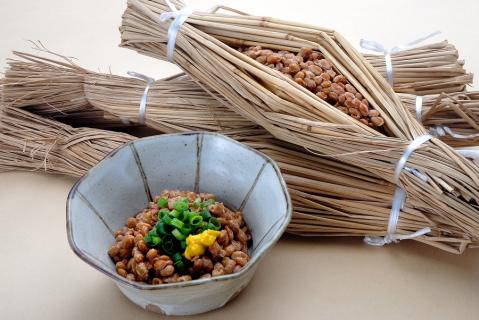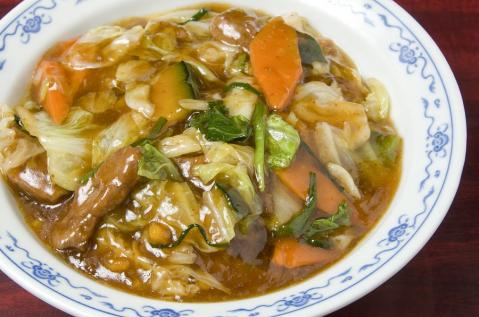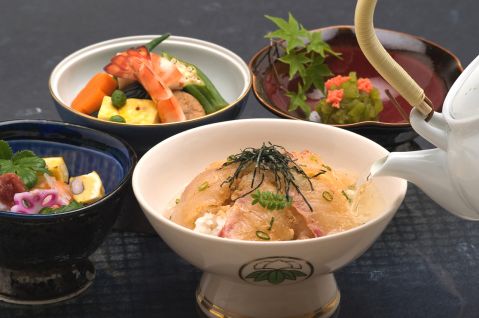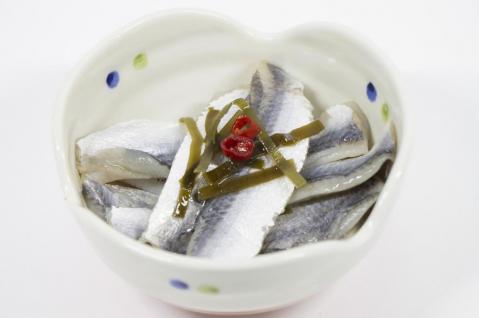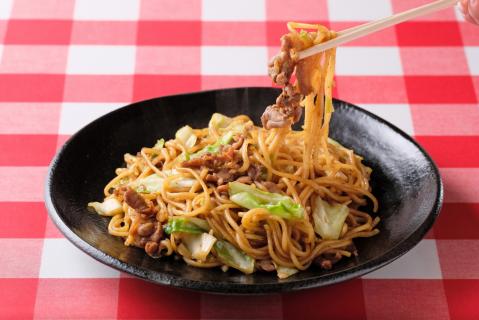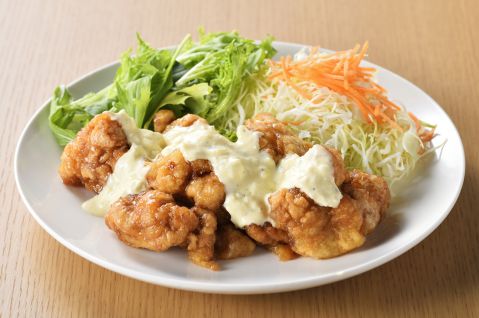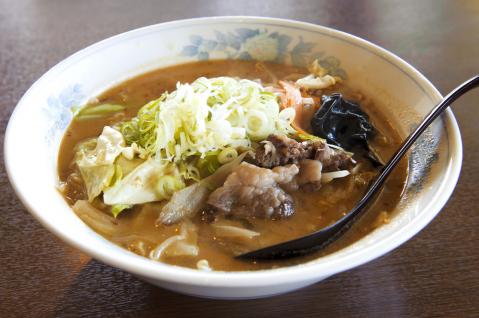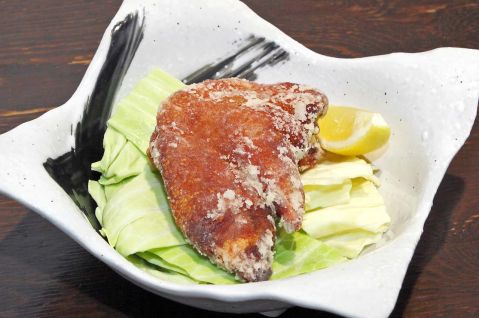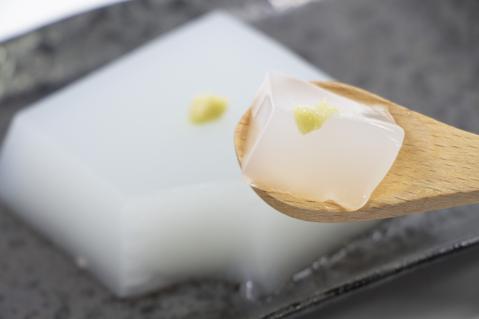Regional cuisine of Ibaraki region
Cooking Classes in Japan
airKitchen allows travelers from all around the world to book and experience authentic cooking classes. Chose your best cooking class from 1000+ classes.
Mito Domain Ramen
Mito Domain Ramen (水戸藩ラーメン, Mito Han Ramen) is a local specialty from Mito City in Ibaraki Prefecture. It recreates the ramen believed to have been en...
Tofu Miso Ramen
Tofu Miso Ramen (豆腐みそラーメン, Tofu miso ramen) is a beloved local ramen dish from the northern region of Ibaraki Prefecture. It features chunks of tofu ...
Funa Kanroni (Sweet Glazed Carp)
Funa Kanroni (鮒甘露煮, Sweet Glazed Carp) is a traditional dish from Koga City in Ibaraki Prefecture, cherished by locals since the Edo period. Koga is bles...
Mukago Rice
Mukago Rice (むかごご飯) is a type of seasoned rice cooked with "mukago," which are tiny bulbils that grow at the base of the leaves of plants like Japanese ...
Handmade Sashimi Konjac
Okukuji, a region in Ibaraki Prefecture, is known as the birthplace of konjac, a traditional Japanese ingredient. Konjac cultivation has flourished here for ...
Shikinbai
Shikinbai (紫錦梅, Shikinbai) is a delightful regional specialty deeply tied to Kairakuen, one of Japan’s Three Great Gardens, located in Mito, Ibaraki Prefe...
Tagane Mochi
Tagane Mochi (たがね餅, Tagane mochi) is a beloved traditional dish from southern Ibaraki Prefecture, featuring a unique texture and rich aroma made from a m...
Roasted Chestnuts
Roasted Chestnuts (焼き栗, Yaki-guri) are a beloved autumn tradition. Ibaraki Prefecture is proud to be Japan's top producer of chestnuts, both in terms of c...
Daigo Shamo Getan
Daigo Shamo Getan (大子シャモゲタン, Daigo Shamo Getan) is a newly created specialty dish from Daigo Town in Ibaraki Prefecture, featuring Okukuji Shamo, a p...
Oku-Kuji Shamo Yakitori
Oku-Kuji Shamo (奥久慈しゃも, Oku-Kuji shamo) refers to a special breed of chicken raised in the lush, mountainous regions of Oku-Kuji in northern Ibaraki Pr...
Monkfish Hot Pot
Monkfish Hot Pot (あんこう鍋, Ankō Nabe) is a traditional dish from Ibaraki Prefecture, best enjoyed during its peak season in the cold months from winter to...
Hitachi Aki Soba
Hitachi Aki Soba (常陸秋そば, Hitachi Aki soba) is a renowned buckwheat variety from the northern region of Ibaraki Prefecture, an area historically famed as...
Monkfish Liver (Ankimo)
In the coastal regions of Ibaraki, monkfish dishes are a local specialty, with monkfish hot pot being particularly famous. Known for its versatility, every p...
Shishi Nabe (Wild Boar Hot Pot)
Shishi Nabe (しし鍋, Wild Boar Hot Pot) is a cherished winter specialty of Ishioka City in Ibaraki Prefecture. This hearty dish is crafted with freshly caugh...
Mito Natto
Mito Natto (水戸納豆, Mito natto), a specialty of Mito City in Ibaraki Prefecture, is one of Japan's most iconic fermented foods. While its origins are debat...
Stamina Ramen
Stamina Ramen (スタミナラーメン, Stamina ramen) is a local specialty of Ibaraki, first created in the 1970s. This hearty dish features thick noodles that ...
Kind of food
Recommended
-
![Sea Bream Chazuke Ureshino]()
Sea Bream Chazuke Ureshino
Oita / >Local cuisine -
![Pickled Mamakari]()
Pickled Mamakari
Okayama / >Seafood -
![Hiruzen Yakisoba]()
Hiruzen Yakisoba
Okayama / >Soba & Udon -
![Mito Domain Ramen]()
Mito Domain Ramen
Ibaraki / >Ramen -
![Chicken Nanban]()
Chicken Nanban
Miyazaki / >Local cuisine -
![Horse Meat Ramen]()
Horse Meat Ramen
Aomori / >Ramen -
![Fried Pork Trotters]()
Fried Pork Trotters
Kumamoto / >Tenpura -
![Yoshino Kuzumochi]()
Yoshino Kuzumochi
Nara / >Local cuisine

